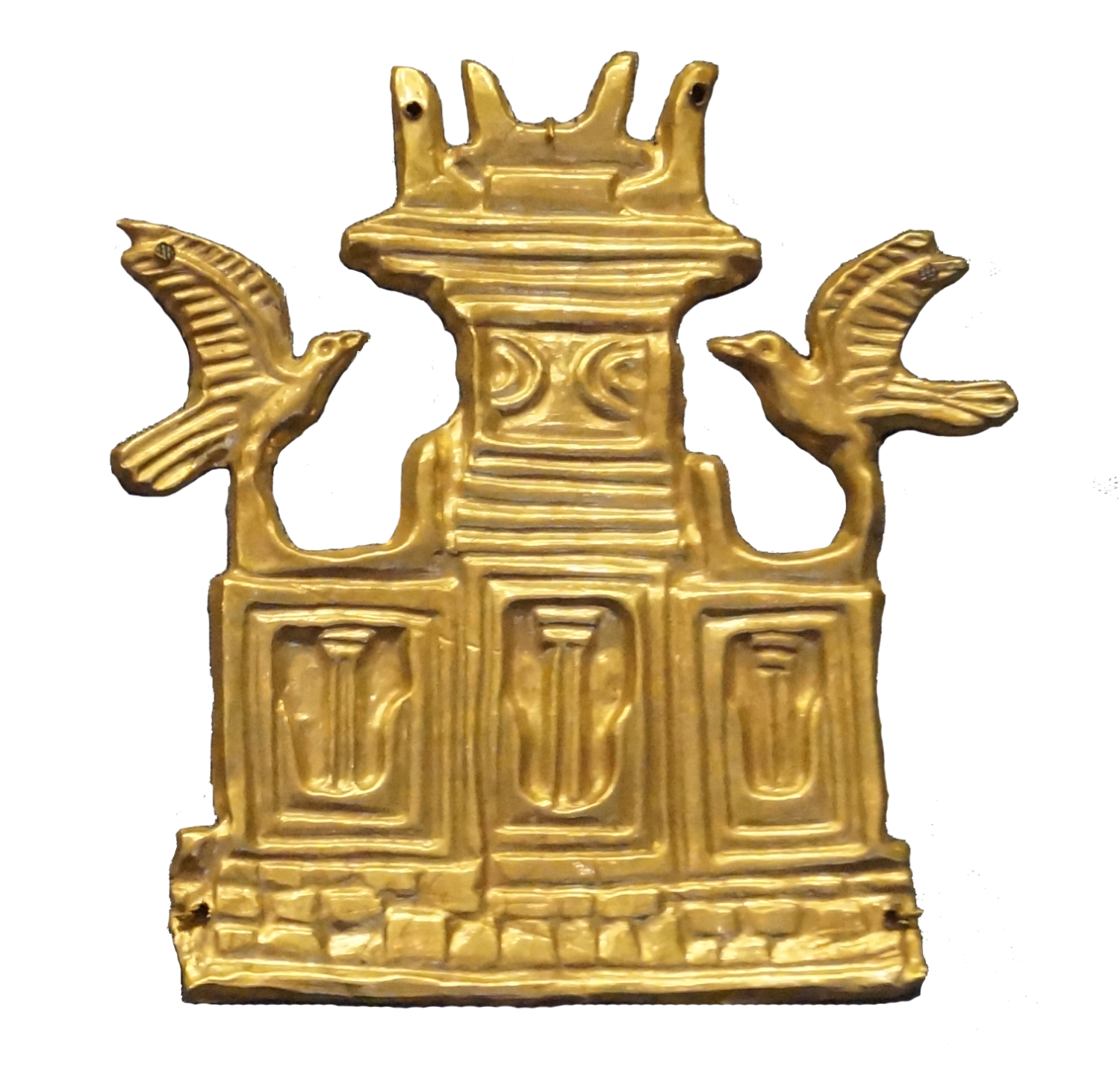Art and Civilization in the Protohistoric Aegean
Art and Civilization in the Protohistoric Aegean
James Wright - Bryn Mawr College
Thursday, January 30th I 5:00p.m. I HUMN 135
An understanding of the production and use of art is important for grasping how societies are transformed into civilizations. This lecture explores the question of what do we mean when we use terms like Minoan and Mycenaean to talk about the civilization of the Aegean region between c. 1700 and 1100 BCE. I will take as a case study the development of art on the Mainland of Greece around the time of the Shaft Graves at Mycenae to show how leading members of the community interacted with the palace centers on Crete and influenced and adapted their art forms, which they deployed in their own palace centered communities on the mainland. I will argue that what we customarily call Mycenaean civilization is driven by two goals. The first is to demonstrate claims to the source of legitimate power at Knossos, which was the cosmic center of the Aegean world. The second is the desire to join and be treated as an equal to the brotherhood of Kings that had emerged in the Eastern Mediterranean and the Near East among the civilizations of the Egyptians, Hittites, and the Near Eastern states. I will conclude to consider the role of cultural memory in the aftermath of the collapse of the palace states of the Aegean.
View the full poster here.


